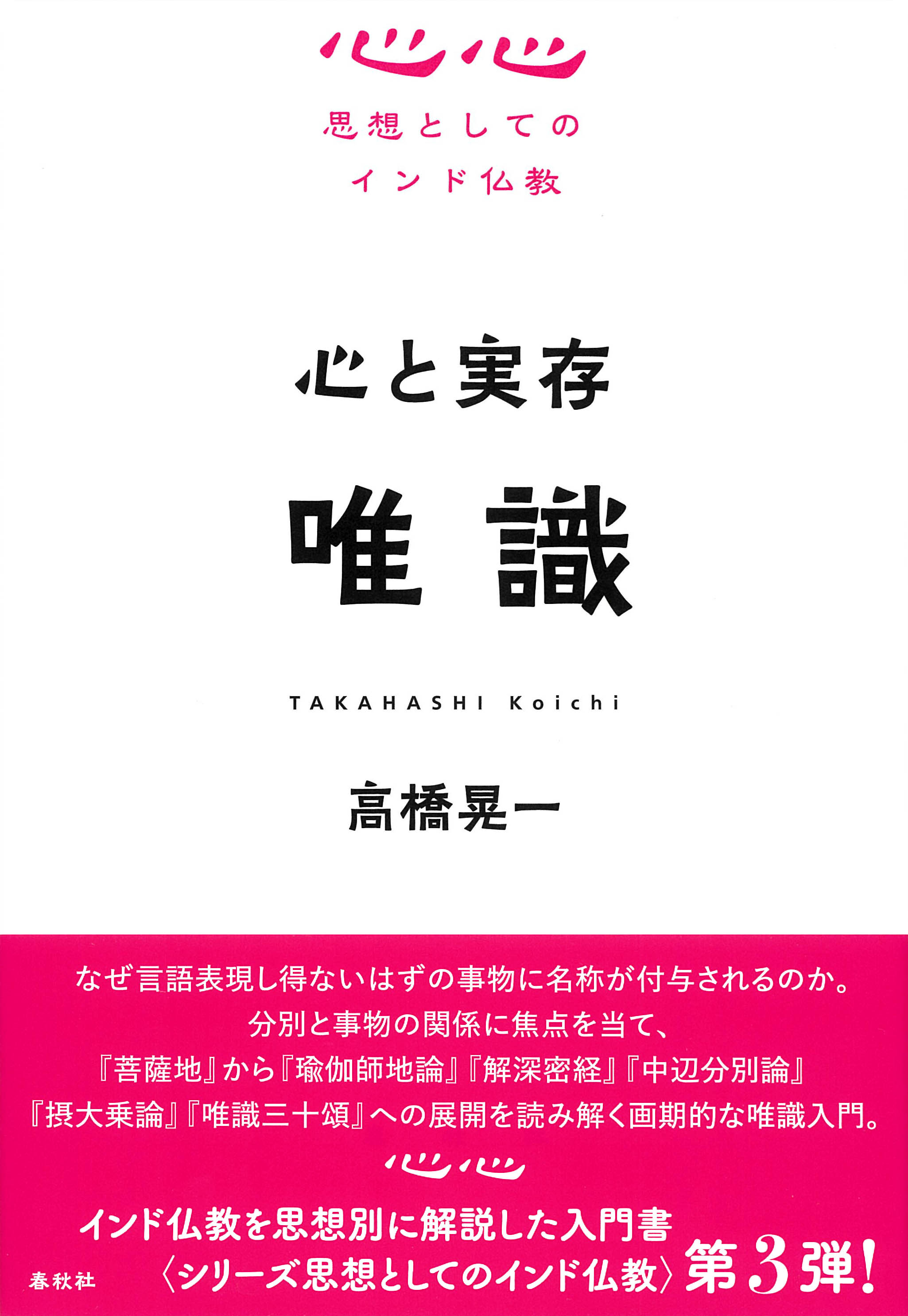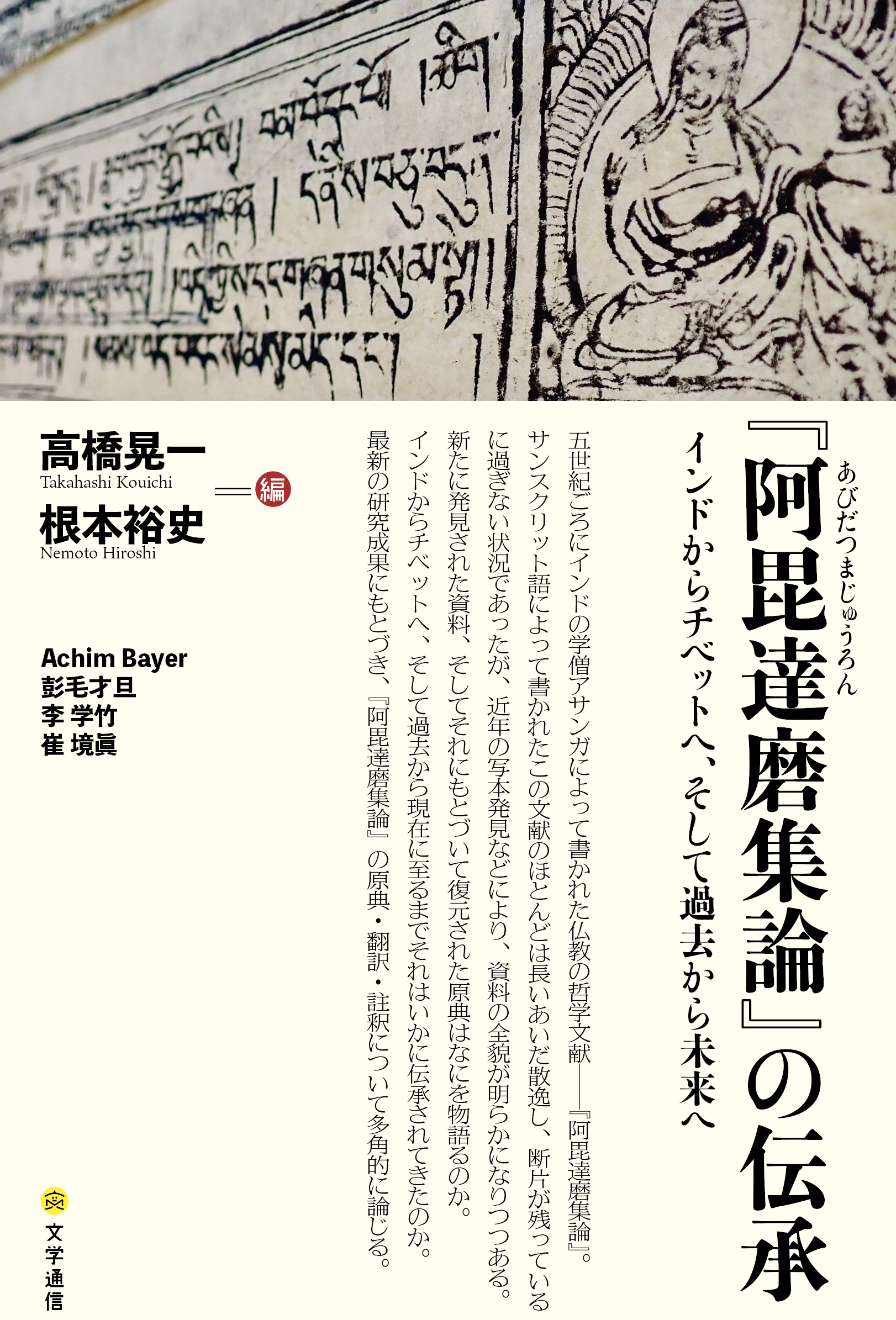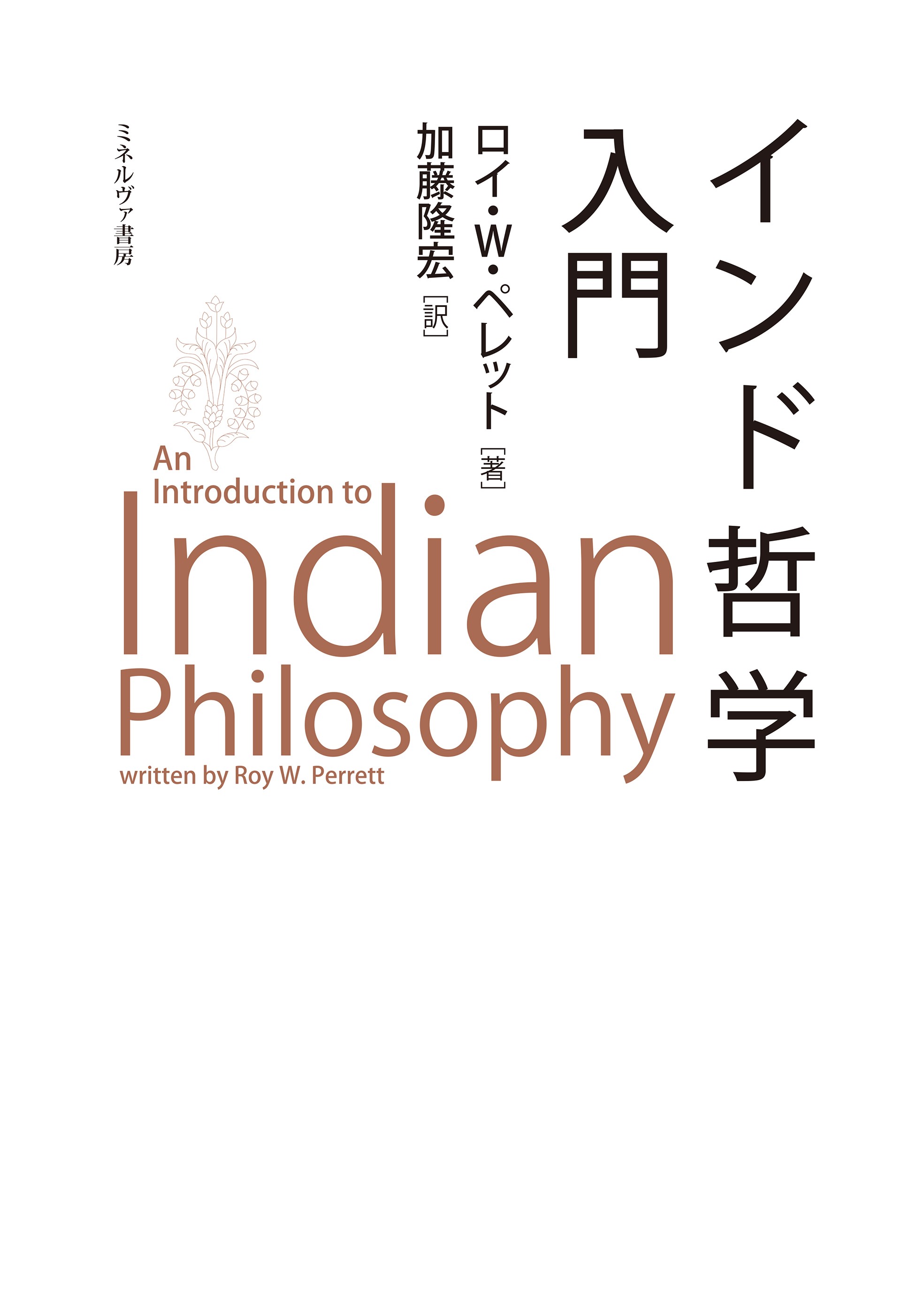
Title
Philosophy of Indian Buddhism Kokoro to Jitsuzon: Yuishiki (Mind and Existence: Consciousness Only)
Size
288 pages, 127x188mm
Language
Japanese
Released
February 15, 2024
ISBN
9784393134450
Published by
Shunjusha
Book Info
See Book Availability at Library
Japanese Page
This book focuses on considering the development of Yogacara philosophy from the Bodhisattvabhūmi to the Triṃśikā Vijñaptimātratāsiddhi. Yogacara is known as a Buddhist idealist school, which is one of the branches of Mahayana Buddhism. Most scholars call its thought “mind-only,” because Yogacara claims that there is nothing but the mind. Most modern studies have concentrated on concepts peculiar to the mind-only theory, such as ālayavijñāna, trisvabhāva, vijñaptimātra, and so on. These technical terms are central to Yogacara and highlight the key characteristics of its philosophy.
However, Yogacara philosophy does not fall strictly within the scope of idealism. For example, the Bodhisattvabhūmi, one of the oldest parts of the Yogācārabhūmi, claims the existence of an entity or vastu which is intrinsically inexpressible. Most scholars have considered the Bodhisattvabhūmi to be isolated from the mainstream mind-only theory. As a result, the Bodhisattvabhūmi has not been mentioned in discussions about the development of Yogacara philosophy.
But the issue of how the Yogacara mind-only theory relates to the Bodhisattvabhūmi could be significant for comprehending Yogacara philosophy. In this book, the author regards the pañcavastu theory as a key to connecting the existence of vastu in the Bodhisattvabhūmi to the later developed thought of Yogacara idealism. The detailed explanation of the pañcavastu theory can be found only in the Viniścayasaṃgrahaṇī, a part of the Yogācārabhūmi, so this theory is regarded as a minor thought in Yogacara philosophy. But the pañcavastu theory also plays an important role in other Yogacara works such as the Saṃdhinirmocana Sūtra, the Mahāyānasūtrālaṅkāra, and so forth.
The Saṃdhinirmocana is one of the early Yogacara works and discusses an entity or vastu which is inexpressible by verbal expressions. Most scholars, however, have not given attention to this notion when examining the thought of this sutra, as their concerns have been towards the mind-only theory.
In this way, preceding studies did not consider the notion of vastu when discussing the development of Yogacara philosophy. This tendency led to some important theories and ideas of early Yogacara philosophy being excluded from examination. In this book, the author aims to shed light on the aspects of theories concerning the notion of vastu, and to reconsider the philosophical history of Yogacara.
For this purpose, the author focuses on the pañcavastu theory in the Viniścayasaṃgrahaṇī, a commentarial section of the Yogācārabhūmi. The pañcavastu theory analyzes the notion of vastu in the Bodhisattvabhūmi by dividing it into two aspects, namely nimitta (phenomena) and tathatā (Suchness), and explains the relationship between vikalpa (conceptualization) and nimitta. It clarifies that the notion of vikalpa is also an important term for considering the development of Yogacara philosophy. This is a really significant suggestion, as vikalpa in the Triṃśikā Vijñaptimātratāsiddhi is related to both ālayavijñāna and paratantrasvabhāva.
The author explains the historical changes from the Bodhisattvabhūmi to the Triṃśikā Vijñaptimātratāsiddhi, introducing other Yogacara works that mention the notions of vastu, nimitta, vikalpa, and so forth. Thus, this book offers a historical perspective that differs from preceding studies regarding Yogacara philosophy.
(Written by TAKAHASHI Koichi, Professor, Graduate School of Humanities and Sociology / 2024)



 Find a book
Find a book


 eBook
eBook
